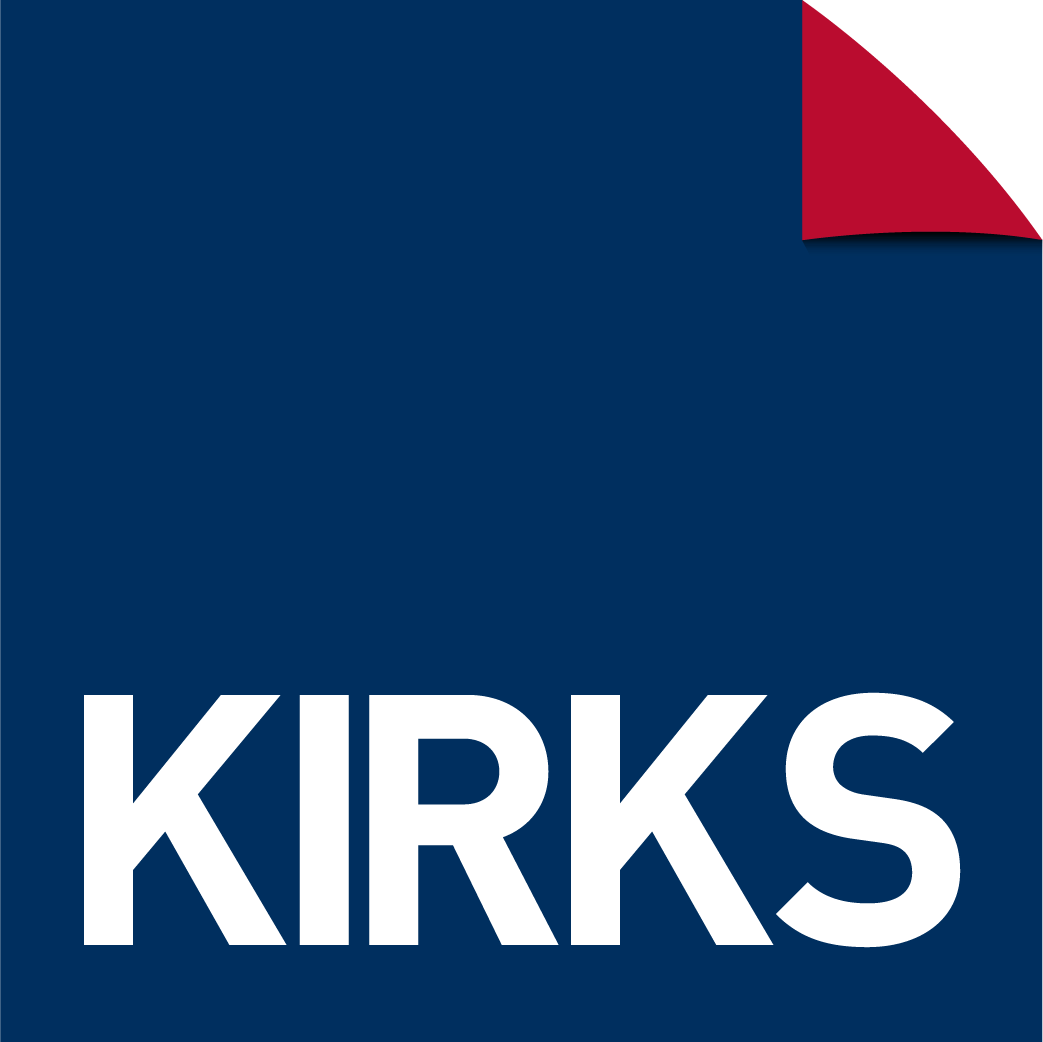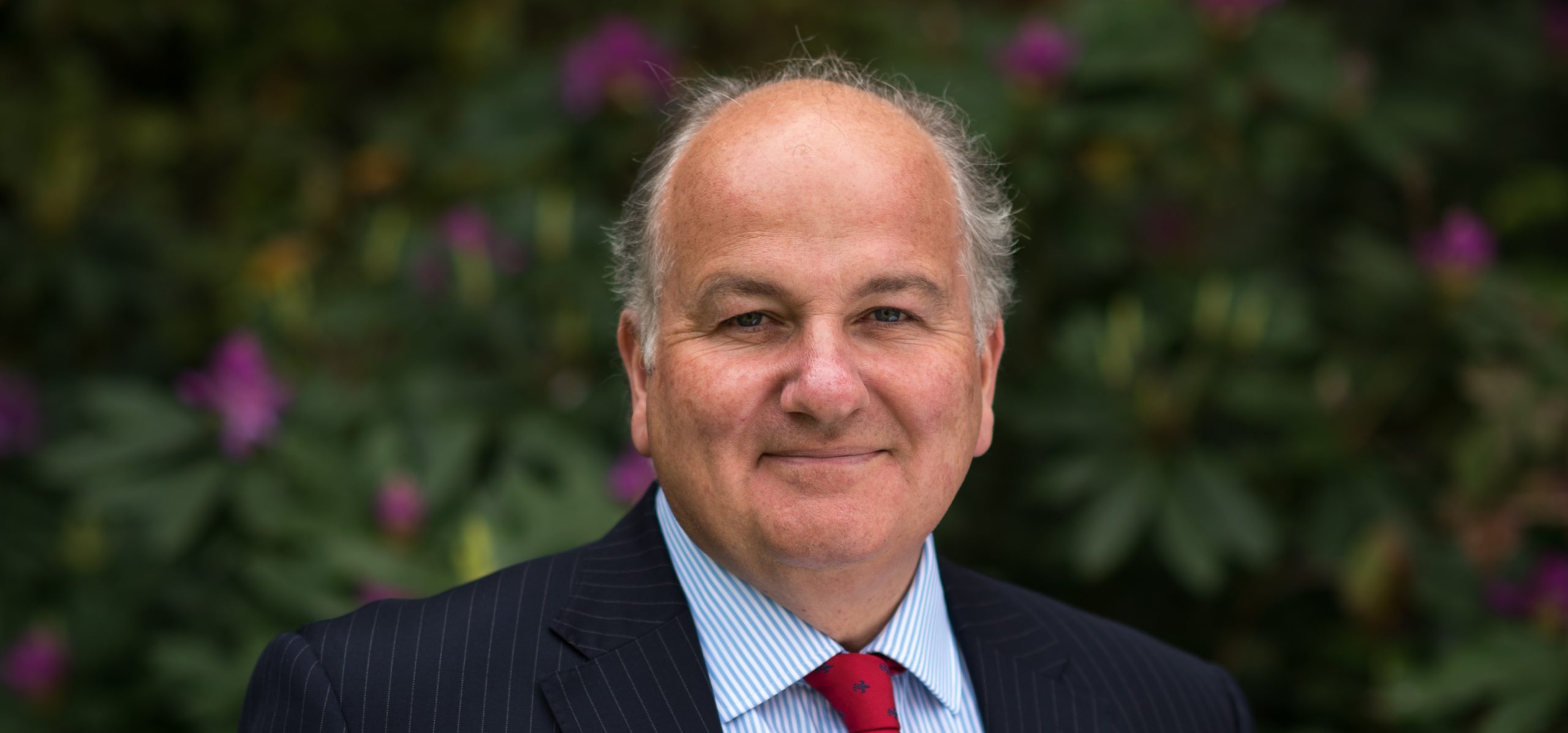The quick answer
When closing a business down there are three options. Which one do you think you are?
- An insolvent closing down. You can not pay off all the debts.
- A just solvent closing down. You can just about pay everyone off.
- A large surplus on closing down. This means some capital left to pay out to shareholders.
The answer to the questions are 1 = Liquidation or Administration. 2 = maybe you can wind it down but possibly liquidation as well as this triggers the UK Government redundancy fund to pay out staff. 3 = Members Voluntary Liquidation as it saves tax.
In more detail
If the business is insolvent, which means it cannot pay off all the debts in full, then the easiest and quickest way is usually to go into Liquidation. You need a Licensed Insolvency Practitioner who can act as Liquidator to help you do this.
Liquidation will stop HM Revenue and Customs recovery action, there is no longer a need to file and prepare annual accounts at Companies House , no more VAT or PAYE returns and it stops creditors from chasing you. Liquidation also means the ex-employees can make a claim against the Government wages compensation fund.
If you can pay everyone off in full including any staff redundancy costs, then you can usually close your business down yourself. If you can clear all your liabilities this would mean stopping trading, laying off any staff, closing any premises and selling off any assets such as vehicles and equipment.
Do not forget any property leases and contingent liabilities (a debt not yet crystallised that may or may not happen). An example of a contingent liability is a guarantee you have given for work done previously. If you have made a loss in that final period, you may also be able to carry that loss back and get a tax refund.
Do not forget you still have to complete any final VAT returns and submit final accounts to HM Revenue and Customs. If your business has stopped trading and is now defunct you can usually dissolve your limited company yourself using Companies House form DS01. This will also stop Companies House sending you threatening reminders.
If the company assets are over £25,000 when you have stopped trading then a Members Voluntary Liquidation may be the best way to close the business down. This is because the capital is paid out to shareholders and taxed at lower rates than dividends.
You will need a Licensed Insolvency Practitioner who can act as Liquidator.



